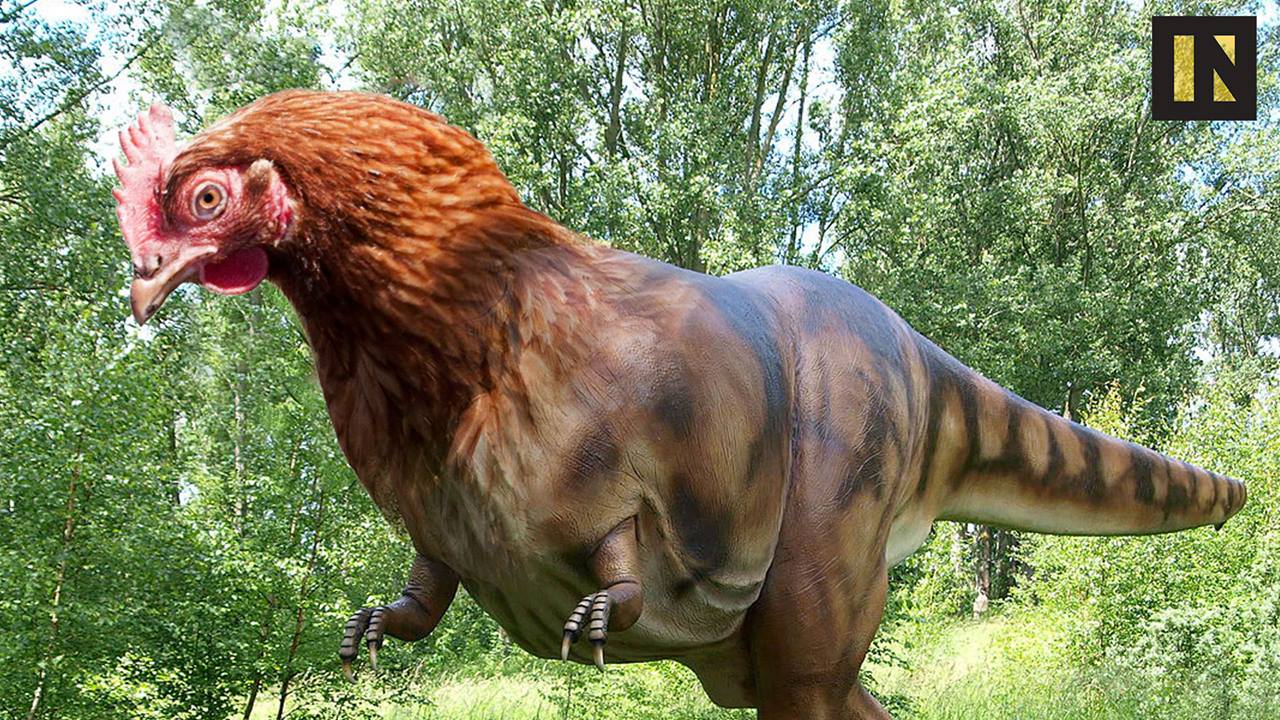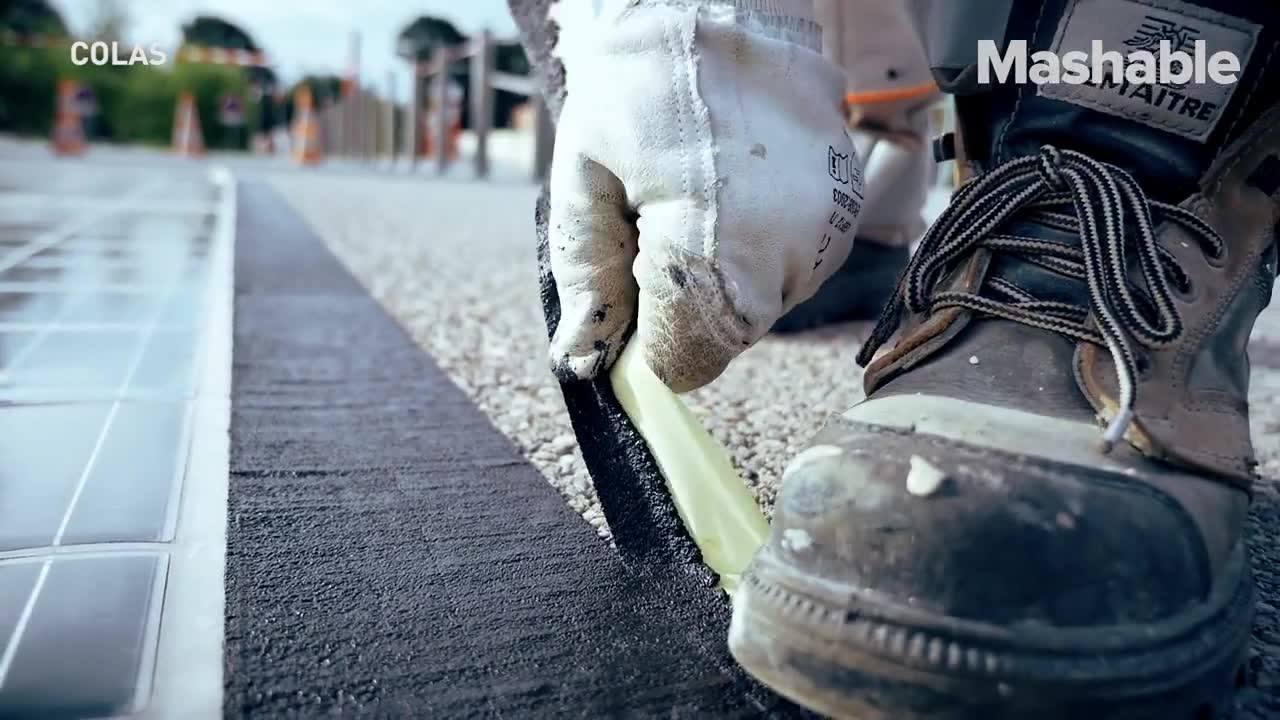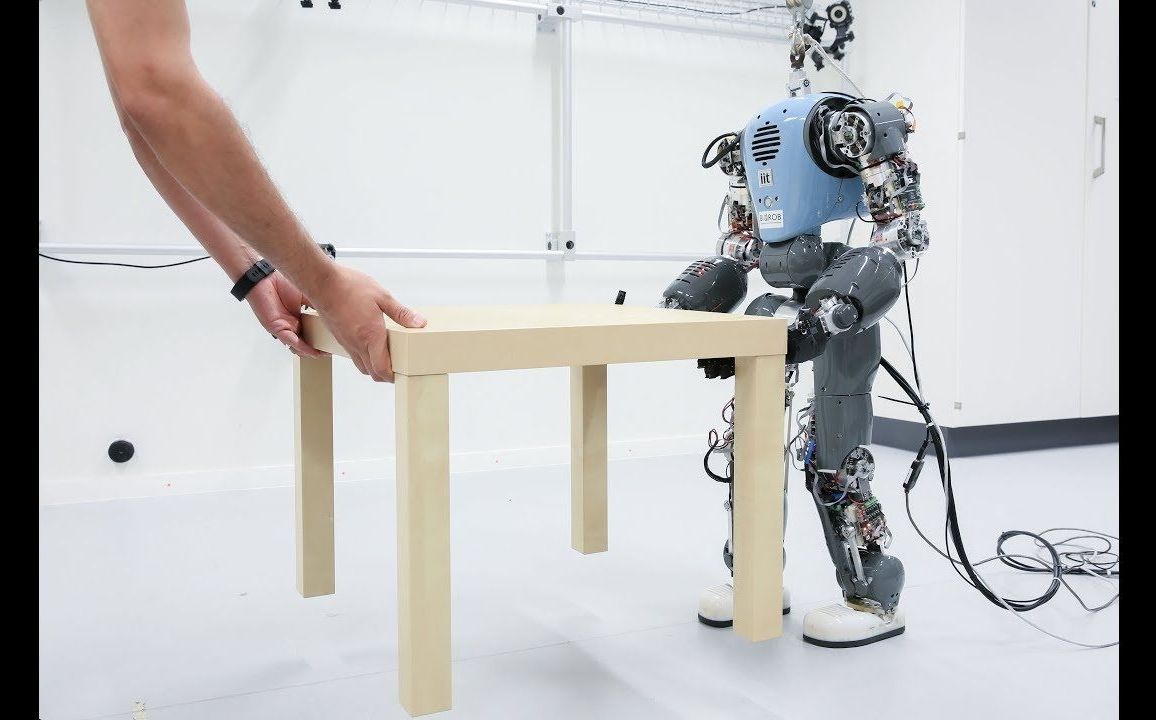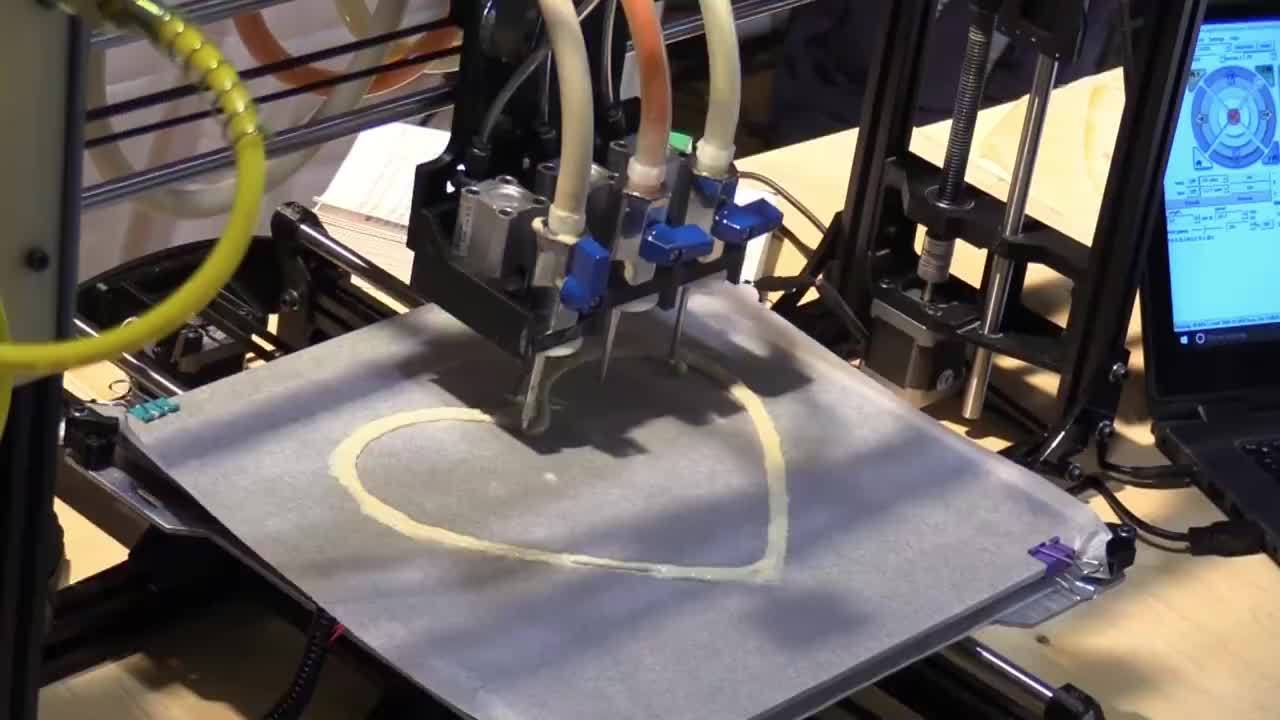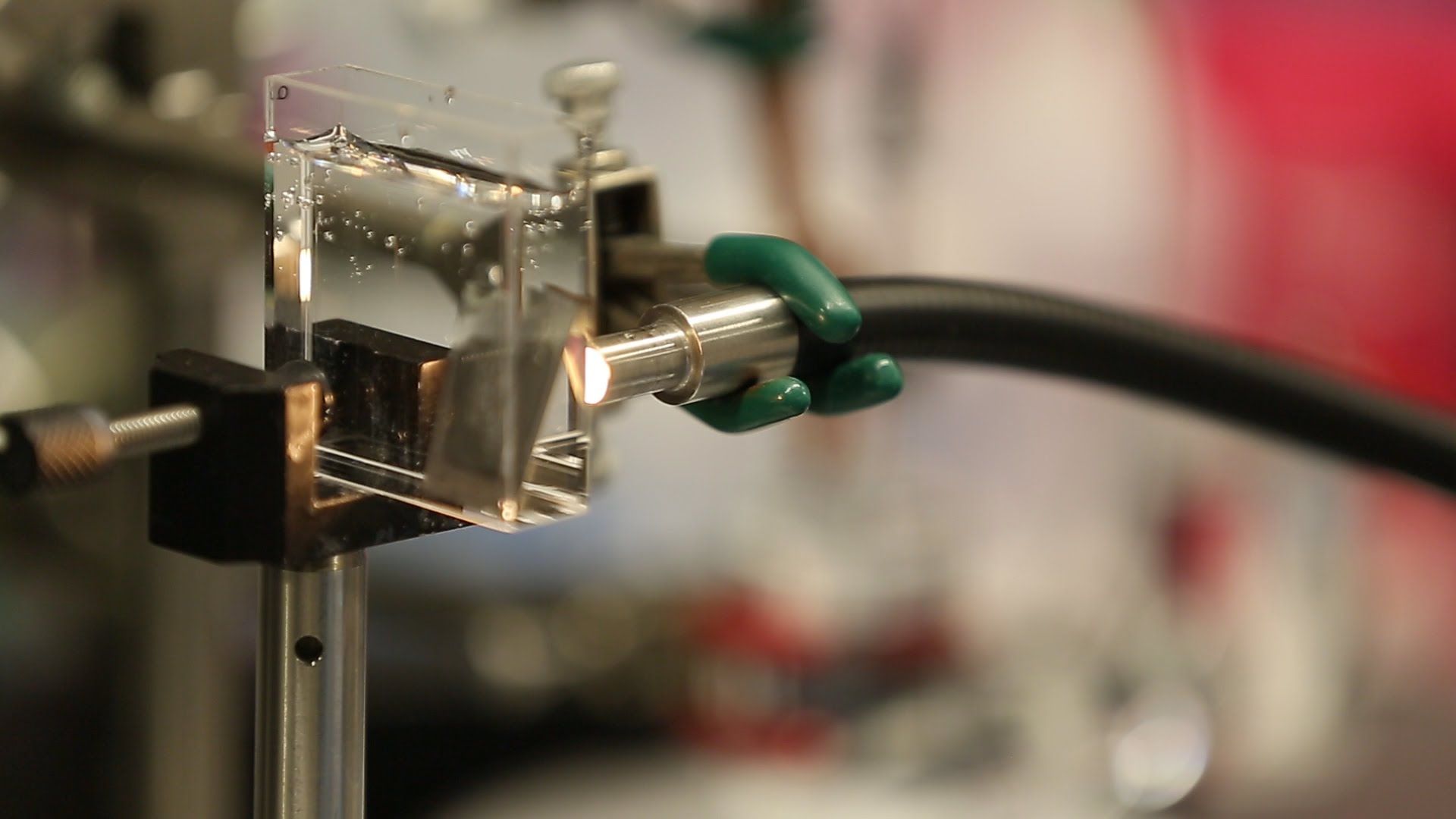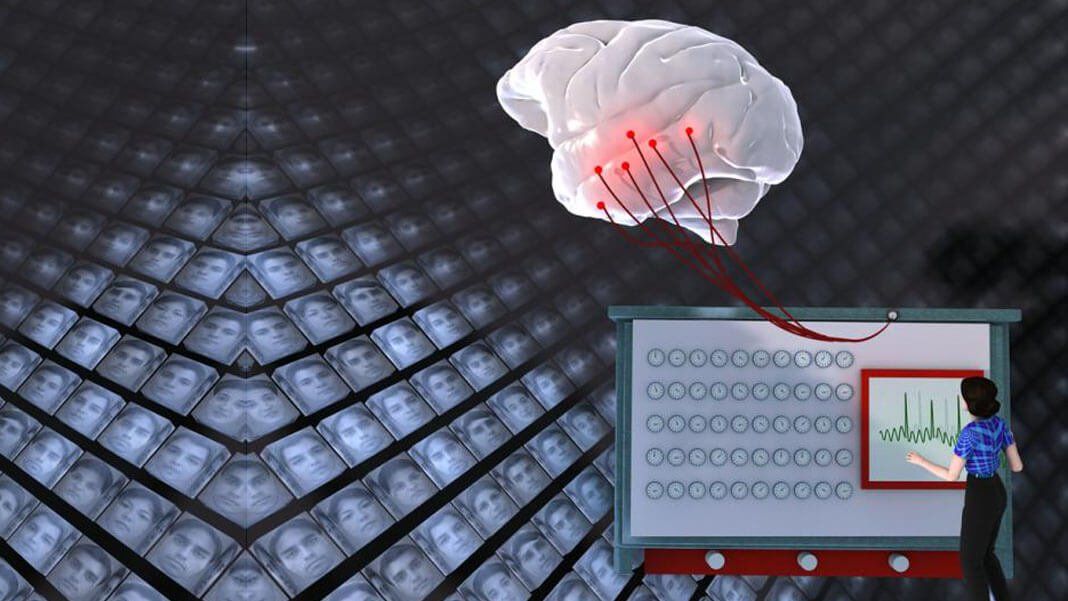Sep 24, 2017
New Synthetic Muscle Puts Us One Step Closer to Lifelike Robots
Posted by Shailesh Prasad in categories: 3D printing, robotics/AI
Robots still find it difficult to perform delicate actions, like picking up a soft object without causing damage. A new form of synthetic muscle could offer up some major improvements.
A group of researchers from the Columbia University School of Engineering and Applied Science has developed a new type of synthetic soft muscle that can be manufactured using a 3D printer. The material is capable of lifting up to 1,000 times its own weight and boasts fifteen times the strain density (expansion per gram) of natural muscle.

